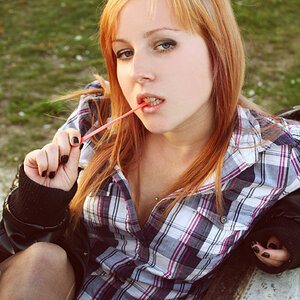Melicertes
TPF Noob!
- Joined
- Jan 8, 2008
- Messages
- 6
- Reaction score
- 0
- Location
- Orange County, SoCal
- Can others edit my Photos
- Photos NOT OK to edit
I have been taking photographs as a novice hobbyist for just over ten years now and have recently switched to digital. I am using a Canon Digital Rebel XTi in the hopes that I may be able to learn more about improving my photography skills without the constant costs of film processing and development. Ever since the switch to DSLR from my usual 35mm Fujicolor and Canon EOS Rebel Ti, I have noticed that a large number of my photos appear underexposed even in decent sunlight conditions. Now I realize I have a lot to learn but I have been taking photographs for long enough to at least get pretty decent exposures on my shots, until now.
I realize that the kit lens and cheapo zoom I have at this point in time should be upgraded to some decent optics, and I will do so in the near future, but before I do so I would like to ask for some expert opinions about my exposure issues to confirm the cause of my troubles before I shell out the $$ expecting things to improve and finding that there is something else to blame - including something I can improve upon skillwise.
Here are two shots to illustrate my problem. The first one is a direct save to jpg without any post production adjustments. This shot was taken at 1/80sec at f/18, ISO100 in a nice bright and sunny noon day at the beach. The lens is a Canon EFS 18-55mm 1:3.5-5.6 II zoomed out to 18mm when I took this shot.

I should mention that the camera's metering was set to Partial Metering and may very well have been where the trouble starts. What concerns me though is that I often get similar results even when using Evaluative Metering. I have never really experimented that much with the different metering modes and if it is simply that I should work more on knowing when to use what metering mode then I'll be very grateful if somebody can give me a rough intro on the differences and practical applications on using Evaluative, Partial and Center-weighted average metering on the Canon Rebel Xti.
If I wanted to get anything useful out of my RAW downloads I would normally pull it into Camera RAW 4.3.1. and adjust the settings to give me something more acceptable. This pic below is of the exact same RAW file above saved to another jpg but with the Exposure increased to +1.20 in Camera Raw. No sharpening or brightness/contrast adjustments were made at all.

I need to know:
1. Is this just simply because of using the wrong metering mode and therefore the first pic above is underexposed?
2. Is this due to low quality optics (i'm not concerned about picture sharpness at this time but rather more the exposure) of the kit lens?
3. Are there any old-hand tricks that pertain to exposures on DSLRs where one should adjust the exposure on a DSLR for some reason either positively or negatively under certain conditions when using a digital as opposed to a film camera? (I'm pretty sure I have not had these kinds of dramatic underexposures on film even with a kit lens)
4. I would welcome an constructive criticism about my photos with specific regards to getting my photos to look more corectly exposed in-camera rather than having to fiddle with them once I download them to PC. I do not mind tweaking small things post production, but I am sure that I am missing something in the process and keep on getting these grayish hazyness in my pics and would like to figure out what I am doing wrong so I can improve.
Any constructive help would be greatly appreciated.
Thanks!
I realize that the kit lens and cheapo zoom I have at this point in time should be upgraded to some decent optics, and I will do so in the near future, but before I do so I would like to ask for some expert opinions about my exposure issues to confirm the cause of my troubles before I shell out the $$ expecting things to improve and finding that there is something else to blame - including something I can improve upon skillwise.
Here are two shots to illustrate my problem. The first one is a direct save to jpg without any post production adjustments. This shot was taken at 1/80sec at f/18, ISO100 in a nice bright and sunny noon day at the beach. The lens is a Canon EFS 18-55mm 1:3.5-5.6 II zoomed out to 18mm when I took this shot.

I should mention that the camera's metering was set to Partial Metering and may very well have been where the trouble starts. What concerns me though is that I often get similar results even when using Evaluative Metering. I have never really experimented that much with the different metering modes and if it is simply that I should work more on knowing when to use what metering mode then I'll be very grateful if somebody can give me a rough intro on the differences and practical applications on using Evaluative, Partial and Center-weighted average metering on the Canon Rebel Xti.
If I wanted to get anything useful out of my RAW downloads I would normally pull it into Camera RAW 4.3.1. and adjust the settings to give me something more acceptable. This pic below is of the exact same RAW file above saved to another jpg but with the Exposure increased to +1.20 in Camera Raw. No sharpening or brightness/contrast adjustments were made at all.

I need to know:
1. Is this just simply because of using the wrong metering mode and therefore the first pic above is underexposed?
2. Is this due to low quality optics (i'm not concerned about picture sharpness at this time but rather more the exposure) of the kit lens?
3. Are there any old-hand tricks that pertain to exposures on DSLRs where one should adjust the exposure on a DSLR for some reason either positively or negatively under certain conditions when using a digital as opposed to a film camera? (I'm pretty sure I have not had these kinds of dramatic underexposures on film even with a kit lens)
4. I would welcome an constructive criticism about my photos with specific regards to getting my photos to look more corectly exposed in-camera rather than having to fiddle with them once I download them to PC. I do not mind tweaking small things post production, but I am sure that I am missing something in the process and keep on getting these grayish hazyness in my pics and would like to figure out what I am doing wrong so I can improve.
Any constructive help would be greatly appreciated.
Thanks!


![[No title]](/data/xfmg/thumbnail/40/40286-86401b94de8b01bea8bb4ea154aaea0a.jpg?1619739408)
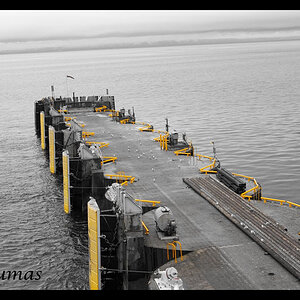


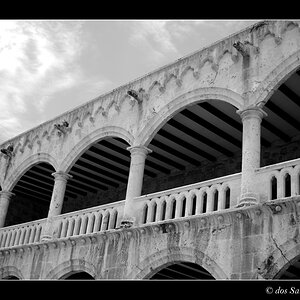
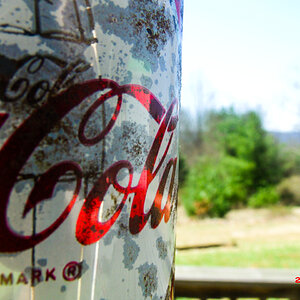
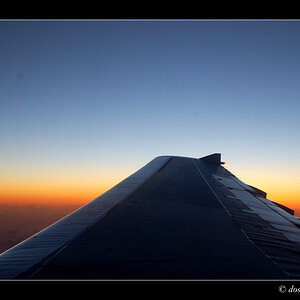
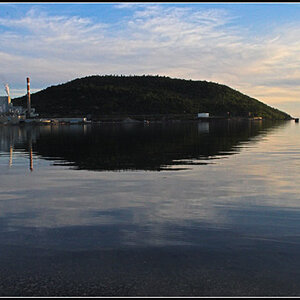
![[No title]](/data/xfmg/thumbnail/40/40285-2ce5915035c220ccb3485030863b62d0.jpg?1619739408)


